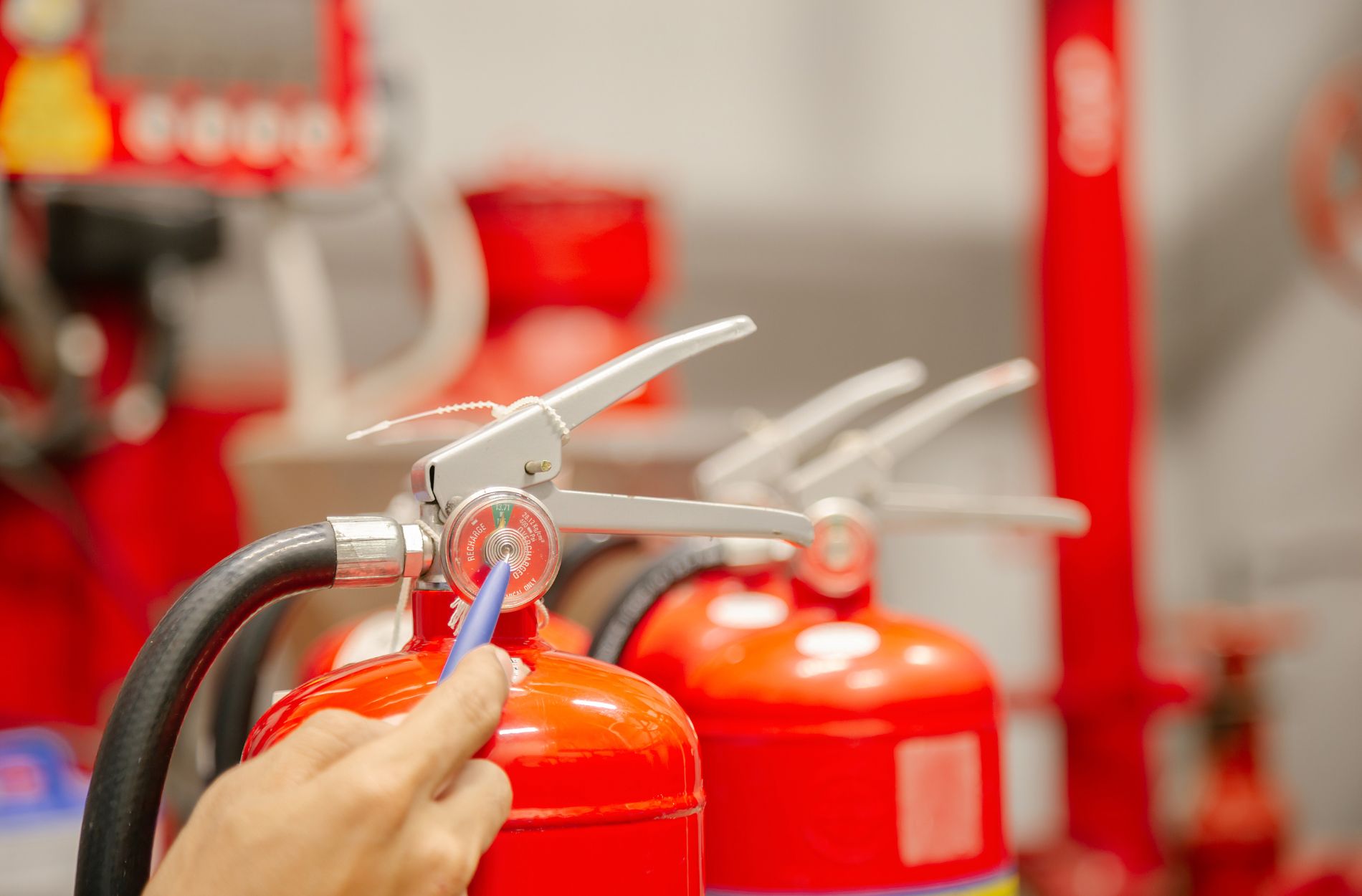Fire risk assessments are essential for keeping buildings safe. They help identify potential hazards and suggest ways to reduce risks. But can you fail a fire risk assessment? Understanding the answer is crucial for maintaining a safe environment.
Failing a fire risk assessment means that your building has significant fire hazards that need immediate attention. A failed assessment could lead to severe consequences, including fines, legal issues, and increased risk of fire. Knowing the common reasons for failure helps you avoid these pitfalls.
If you do fail, there are steps you can take to improve your safety measures. Addressing the identified issues promptly is vital. This guide will explain what a fire risk assessment is, why you might fail one, and what to do next.
What is a Fire Risk Assessment?
A fire risk assessment is a thorough check of a building to find fire hazards and evaluate the risks they pose. The assessment aims to identify any issues that could lead to a fire and to recommend actions to reduce these risks.
How It Works:
The assessor walks through the building, looking at areas like electrical systems, heating units, and storage spaces. They note anything that could start a fire or make it spread more quickly.
They also look at how easy it would be for people to escape if a fire did break out. This includes checking fire exits, alarms, and emergency routes.
Areas Covered:
Fire Hazards: Identifying things that could start a fire, like faulty wiring or flammable materials.
People at Risk: Thinking about who could be in danger, such as staff, visitors, or residents.
Emergency Plans: Ensuring there are clear plans for what to do in case of a fire.
A good fire risk assessment highlights the hazards and offers solutions to make the building safer. It is vital for meeting fire safety regulations and keeping everyone protected.
Common Reasons for Failing a Fire Risk Assessment
Failing a fire risk assessment can happen for various reasons. Understanding these can help you plan better and keep your building safe.
1. Poor Housekeeping: Clutter and improper storage of materials can block exits and add fuel to the fire. Keeping areas clean and tidy is essential.
2. Faulty Electrical Systems: Old or damaged wiring, overloaded outlets, and untested electrical equipment can pose significant fire risks. Regular inspections and maintenance are crucial.
3. Inadequate Fire Alarms and Detectors: Non-functioning or outdated fire alarms and smoke detectors can lead to dangerous delays in warning people about a fire. Ensure these devices are working and regularly tested.
4. Blocked or Insufficient Fire Exits: Fire exits that are blocked, hard to find, or insufficient for the number of people in the building can result in failure. Make sure all exits are clear and well-marked.
5. Lack of Fire Safety Training: Staff and occupants must know what to do in a fire emergency. A lack of training can lead to chaos and increased danger. Regular fire drills and training sessions are important.
6. Missing Documentation: Failing to keep up with required fire safety records, such as maintenance logs and training records, can also lead to failure. Proper documentation is key to showing compliance with safety standards.
Steps to Take If You Fail a Fire Risk Assessment
Failing a fire risk assessment can be alarming, but it is crucial to take swift and decisive action to address the identified issues. Here are the steps you should follow if you find yourself in this situation:
1. Review the Assessment Report:Carefully read the assessment report to understand which areas failed and why. The report will provide detailed information about each identified hazard and the reasons for failure.
2. Prioritise Immediate Hazards: Some issues may pose an imminent risk and require immediate attention. Focus on resolving these hazards first to ensure the safety of occupants and comply with regulations.
3. Develop an Action Plan: Create a detailed action plan that outlines the steps needed to address each identified issue. Assign responsibilities and set deadlines to ensure timely completion of each task.
4. Implement Recommended Measures: Follow the assessor’s recommendations to rectify the problems. This could involve installing new fire safety equipment, conducting staff training, or improving housekeeping practices.
5. Keep Records of Actions Taken: Document all actions taken to address the issues. This includes keeping receipts, maintenance logs, and training records. Proper documentation is essential for future assessments and inspections.
6. Schedule a Follow-Up Assessment: Once you have addressed all the identified issues, schedule a follow-up assessment to verify that all hazards have been mitigated successfully. This reassessment will ensure that your building is now compliant with fire safety standards.
FAQs About Fire Risk Assessment Failures
Understanding fire risk assessment failures can be confusing. Here are some frequently asked questions to help clarify this process:
1. How Serious is Failing a Fire Risk Assessment?
Failing an assessment is serious. It indicates significant fire hazards that must be addressed immediately to ensure safety and compliance.
2. Can I Still Use My Building After Failing an Assessment?
It depends on the severity of the hazards. Minor issues might allow continued use while you make improvements, but severe risks might necessitate vacating the premises until resolved.
3. Who Should Fix the Identified Issues?
Qualified professionals should handle the fixes, especially for complex tasks like electrical repairs or installing fire safety systems. Staff training and minor housekeeping tasks can often be managed internally.
4. How Soon Should I Address the Issues?
Immediate action is crucial, particularly for high-risk hazards. Promptly addressing all identified issues reduces risk and helps achieve compliance faster.
5. Will There Be Penalties for Failing a Fire Risk Assessment?
Possible penalties include fines, legal action, or shutdowns, especially if you fail to act on the assessor’s recommendations. Addressing issues promptly can help avoid these penalties.
Conclusion
Fire risk assessments are a key part of maintaining a safe and compliant building environment. Understanding what a fire risk assessment involves and common reasons for failing one can help you prepare better and avoid potential pitfalls. By taking these steps, you not only create a safer space but also demonstrate a commitment to fire safety standards.
For professional safety training solutions with fire risk assessments, look no further than CR Training. Our team of experts is ready to help you ensure your building meets all safety standards. Contact us today to learn more about our services and how we can support your fire safety needs!




